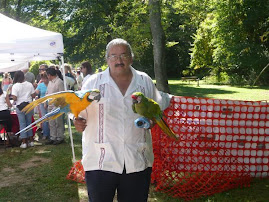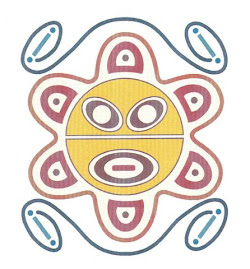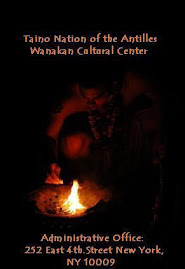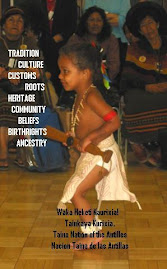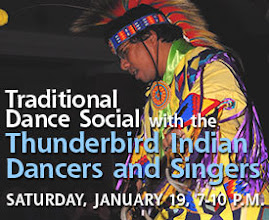
U.S., Puerto Rico race to save parrots
Conservation La Mohicana, as workers have named the 11-year-old female, has endured a lifetime of respiratory difficulty. This morning, her handlers found her sitting on the floor of her cage, refusing to eat. They rushed her into the clinic, laid her down on the table and put an oxygen mask over her head.
Now she has stopped breathing altogether. Velez, a wildlife biologist, calls for a syringe of the stimulant Dopram to revive her and directs an assistant to contact the veterinarian.
“Esta volviendo,” Velez says. “She’s coming back.”
Every bird is precious here at the Luquillo Aviary, where the U.S. Fish and Wildlife Service is working to save the most endangered parrot in the world.
The Puerto Rican parrot once thrived in the lush green rain forest of this Caribbean island, where an estimated 1 million greeted Columbus 500 years ago.
But a combination of deforestation by man, predation by natural enemies and devastation by periodic hurricanes has nearly wiped out the population. By 1975, the last native species of parrot found in U.S. territory was down to an estimated 13 birds.
Now the Puerto Rican Parrot Recovery Program is trying to bring it back.
Working out of a converted Army facility high in the mountainous Caribbean National Forest — the 43-square-mile reserve in northeastern Puerto Rico known popularly as El Yunque — wildlife specialists are breeding, raising and training captive parrots for eventual release into the wild.
They have released 39 birds in the last four years and have a stock of 48 more at the Luquillo Aviary. Another team, under the Puerto Rico Department of Natural and Environmental Resources, has raised 103 birds so far for release in western Puerto Rico.
The project, decades in the planning, has achieved a 46 percent survival rate — the highest ever among captivity-bred-bird-release programs — to bolster a wild population now estimated at up to 36 birds.
“Captive propagation is a last resort, because it’s really expensive,” says Fernando Nunez Garcia, supervisor of the Fish and Wildlife Service field office in Rio Grande. “It’s a desperate measure to try to save a species.”
The indigenous Taíno people called it Iguaca, for its distinctive squawk. Bright green with a red forehead, blue primary feathers and white rings around the eyes, the Puerto Rican parrot can grow to a foot in height, and can live more than 30 years.
In 1967, the species was listed as endangered. The recovery program began the following year.
The Luquillo Aviary lies in a humid clearing high in El Yunque. Here a staff of 12, working on an annual budget of $925,000, breeds, nurtures and readies the birds for release.
The workers try to prepare the birds, mentally and physically, for life beyond the aviary. They challenge them by introducing unfamiliar toys in their cages or placing food where it is difficult to reach.
“We don’t really know how to train them to be wild,” Velez says. “But we can teach them to be intelligent, to be inquisitive, to explore.”
Parrots to be released spend time practicing flight in a giant cage. They are taken into the forest and exposed to a red-tailed hawk.
Finally, they are fitted with a radio tracking transmitter and freed.
Filed under: Conservation, Parrot News
Scarlet Macaw Parrot August 19, 2004 @ 13:19










